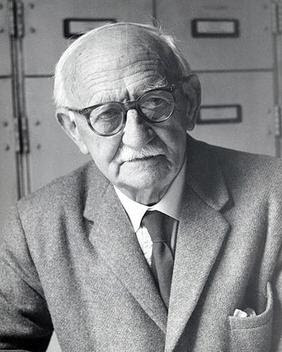Chloroplasts can be as long as 10mm and are typically 0.5 - 2.0mm thick, but they vary in size and shape in different cells, especially among the algae. Like mitochondria the chloroplast is surrounded by an outer and inner membrane. In addition to this, chloroplasts contain an internal system of extensive inter connected membrane limited sacs called thylakoids which are flattened to form disks. These are often grouped in stakes of 20-50 thylakoids to form what are called grana and embedded in a matrix called stroma.
Stroma, a semi fluid, colourless, colloidal complex, contain DNA, RNA, several RIBOSOMES and enzymes. The DNA of chloroplast is circular. Ther RIBOSOMES are 70s type.The matrix of upper plants Chloroplasts may contain starch as storage product.
About 40-100 grana may occur in a chloroplast. Many membranous tubules called stroma lamellae (intergranal thylakoids) inter connect thylakoids of different grana. Thylakoid membrane contains photosynthetic pigments.
The thylakoid membrane contains green pigments (Chlorophylls) and other pigments and enzymes that absorb light and generate ATP during photosynthesis.
Part of this ATP is used by enzymes located in stroma to convert CO2 into three carbon (3C) intermediates which are then exported to the cytosol and converted to sugars.
The molecular mechanism by which ATP is formed is very similar in mitochondria and chloroplasts. Mitochondria and Chloroplasts have other features also in common. Both migrate often from place to place within cells and both contain their own DNA which code for some of the key organellar proteins. These
proteins are synthesized in the ribosomes within the organelle. However, most of the proteins in each of these organelles are encoded in the nuclear DNA and are synthesized in the cytosol. These proteins are then incorporated into the organelle.
 |
| Source Wikipedia |
Stroma, a semi fluid, colourless, colloidal complex, contain DNA, RNA, several RIBOSOMES and enzymes. The DNA of chloroplast is circular. Ther RIBOSOMES are 70s type.The matrix of upper plants Chloroplasts may contain starch as storage product.
About 40-100 grana may occur in a chloroplast. Many membranous tubules called stroma lamellae (intergranal thylakoids) inter connect thylakoids of different grana. Thylakoid membrane contains photosynthetic pigments.
The thylakoid membrane contains green pigments (Chlorophylls) and other pigments and enzymes that absorb light and generate ATP during photosynthesis.
Part of this ATP is used by enzymes located in stroma to convert CO2 into three carbon (3C) intermediates which are then exported to the cytosol and converted to sugars.
The molecular mechanism by which ATP is formed is very similar in mitochondria and chloroplasts. Mitochondria and Chloroplasts have other features also in common. Both migrate often from place to place within cells and both contain their own DNA which code for some of the key organellar proteins. These
proteins are synthesized in the ribosomes within the organelle. However, most of the proteins in each of these organelles are encoded in the nuclear DNA and are synthesized in the cytosol. These proteins are then incorporated into the organelle.














0 Comments
If you have any query let me know.